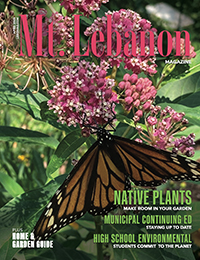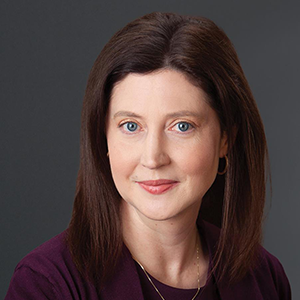messages of love
In 2012, Maggie Horgan sold her home, packed up her Subaru, and drove from Mt. Lebanon to Carlsbad, California, seeking inspiration to finish her book. She was alone—but she didn’t feel alone. Horgan’s son, Neil Fallert, who died more than a decade earlier, was with her on that trip. Neil is always with her.
The year 2001 was the beginning of the new millennium and the end of the world Horgan had known. During that time she went through a divorce, she lost her mother to cancer and Neil died of Ewing’s Sarcoma, a rare and aggressive bone cancer.
In her book, Heartifacts: When a Child Dies, Love Remains, Horgan writes about the grief she felt when Neil died—but she also writes about the hope she found in some of the most unlikely places, in the most unconventional ways.
Neil was diagnosed in 1999 at age 18. After 10 months of treatment, he was cancer-free. But it wouldn’t last. He came home from Penn State at Thanksgiving, when many freshmen come home to tell their families about their classes, their roommates or how much they miss their moms’ casseroles, before returning to college life. Neil would not return to campus. He died March 19, 2001.
Maggie struggled to cope with the death of her first born, while comforting her three younger children, Davin, Lauren and Gregory. “While we think we’re doing a good job, we think we’re holding it together, the surviving siblings are also orphans of the parents they once knew,” she says.
The following April, Horgan visited a friend who had recently moved to Carlsbad, and went for a swim one night. Cold and alone, she cried over all that had happened to her in the past year. Moments later, she found it: her first heartifact—a small heart-shaped stone.
Horgan includes multiple definitions of heartifacts in her book, one of which reads: “an inspired, uncontrived, and perfectly timed heart-shaped reminder of love’s eternal nature—especially love that connects living human being to their deceased loved ones (particularly children).”

It took three and a half months and two grief support meetings, but eventually Horgan found the strength to begin the ending to her book. Once more, she loaded her Subaru and drove back home to finish her work. “At the end of my trip when I got back to Mt. Lebanon, I thought ‘I’ve got to get on with my life. I can’t keep doing this.’”
Her pain has lessened over the years, like a stone rubbed smooth by the ocean. But like a sudden and violent wave crashing through calm waters, her grief can make a comeback at any random time, like when she’s alone in the car, sitting at a red light. “I don’t dwell on the loss of Neil very much anymore. There are moments that surface when it …it’s just in my face real fast,” Horgan says.
She finds comfort in the families she’s connected with over the years and hopes to help more families dealing with the death of loved ones. “I would like to contact other children’s hospitals in particular and offer myself and my story to help them with their bereaved families.”
Her younger children have also helped Horgan to heal. They too find heartifacts, messages of the love their big brother continues to send their way. Horgan shares her story with grieving families at Children’s and Mercy hospitals, the Pittsburgh Institute of Noetic Sciences and with veterans.
“Maybe nothing I say is applicable, but I think fear and loss are just part of living and when it’s too big to handle…you allow yourself to expect a miracle.”





